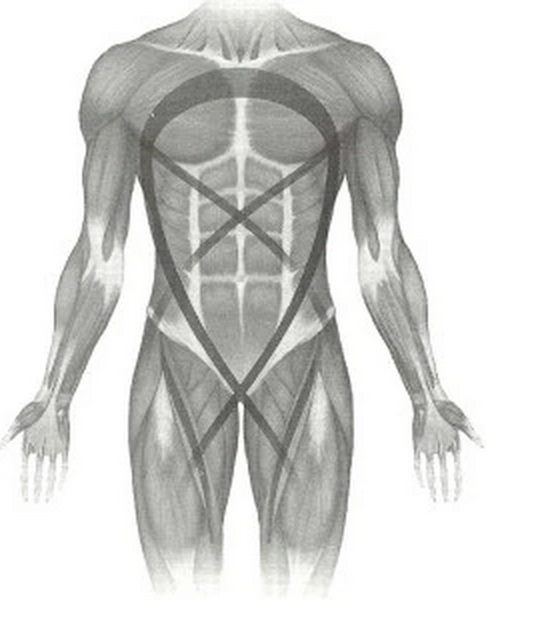
18 Mar Spiral anatomy continued (again)
In the previous couple of posts I described the spiral anatomy of the heart and major blood vessels, and the spiral anatomy of the many muscles wrapping the torso and spine, and how these are associated with the sense of spiralling movement happening inside the body, and powerful agile and eel-like spiralling movements of the body itself. I’ll finish off in this post describing how those internal spirals connect to the limbs and all the way through to the fingers and toes, giving us the potential for remarkable movement abilities like those shown in the video above, and in several more in the post below.
First let’s go back to those pictures I posted before, which come from a 1920’s martial arts manual entitled ‘Illustrated Explanation of Chen Family Taijiquan’ by Chen Xin:
A quote from the manual (translated by my friend Jarek Szymanski):
“Coiling power (Chan Jin) is all over the body. Putting it most simply, there is coiling inward (Li Chan) and coiling outward (Wai Chan), which both appear once (one) moves.”
“Taijiquan is the method of silk reeling (coiling). (There is) coiling forward, coiling backward, coiling leftward and rightward, coiling upward and downward, coiling inward and outward, small and big coiling, conforming (Shun) and contrary (Ni) coiling.”
“This power (Jin) comes from Heart (Xin), on the inside it enters bones, on the outside it reaches skin, it is one (power), not multiple (powers). Powers is Qi that comes from Heart. If it is moved in central and right way, the in it Central Qi (Zhong Qi); when it is nourished, then it is Noble Spirit (Haoran zhi Qi).” – From Jarek’s site chinafrominside.com
Although this “silk reeling” concept comes from Taijiquan, it is often used to describe the “whole body connected force” common to many of the Chinese “internal” martial arts. As you can see, these arts are based almost entirely on spiralling movement:
So what’s happening here?
A sense of spiralling forces moving through the whole body, starting from the heart and being expressed throughout the body in connected movement from the feet to the fingertips. Some of these Chinese arts have taken this idea and developed it in some very particular ways, but we find many of the same principles in other arts that specialise in continuous flowing movements, three dimensional movement freedom, or using every bit of rotational force through the joints to increase acceleration and power. Let’s have a final look at some of the muscular spirals involved in these activities. Of course, the system of muscles, tendons, ligaments and connective tissue (yes, fascia) throughout the body is vast and complex, so I am not able to cover it comprehensively here. I just want to give an overview, and encourage my readers to examine anatomy and movements which may already be familiar, paying a little bit more attention to the spiral (helical) structures which show up everywhere we look, although they are often hidden in the deeper layers of the body.

First, the most fundamental cross-body diagonal spirals, which drive just about all athletic movement:
And:
Notice the “X” pattern created, which, in a three-dimensional cylindrical structure like a human torso, or an arm or a leg, indicates the crossed double helix pattern that I mentioned in the previous post.
The paired, opposing or alternating contractions of these muscles, combined with the segmented skeletal structure and spiral muscles of the spine
 allow simple rotational movements like the ones shown in this video (the movements start about 5 minutes in, jump straight there if you want to skip all the spine talk):
allow simple rotational movements like the ones shown in this video (the movements start about 5 minutes in, jump straight there if you want to skip all the spine talk):
This ability to roll from the back, to the side, to the belly and back again is one of the first movement skills we develop as infants. The same basic skill and strength of the torso, when developed to an extreme degree, can become something like this:
In a standing position, the spiral muscles of the torso link through the shoulders and hips to produce very basic cross-body rotational patterns like walking:
Running:
And the many variations shown in the videos below, fundamental to all sorts of athletic activities:
The torso then connects to the hands via the muscles of the chest and back, the armpit, shoulders, elbows and wrists, which all have longitudinal and transverse fibres which spiral around and across the joints on opposite diagonals:
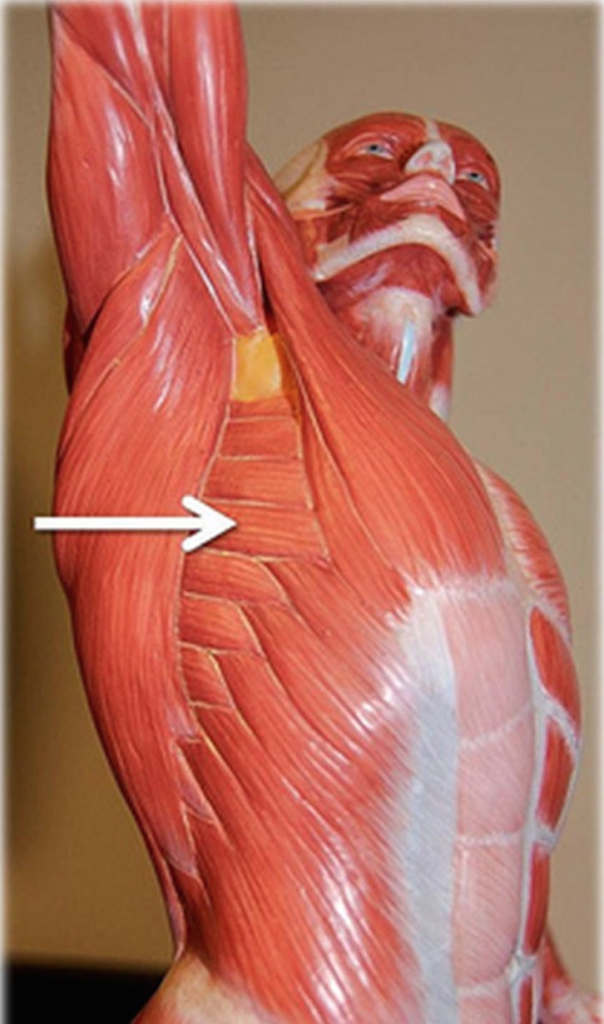
Again, if you’re not a professional and have never studied anatomy in depth this stuff can be quite overwhelming, so when looking at these pictures and diagrams for now just take note of all of the diagonal fibres, and understand that they run diagonally in three dimensions which means that they wrap around the joints, not just across them, and so when they contract the muscular pulleys cause abduction, adduction, flexion, extension and rotation of the bones they are attached to. Have a look at the spiralling diagonal muscles on the front of the arm:
And the back of the arm:

Right down to the hand. See if you can spot the diagonal muscles partially hidden underneath the most superficial layer, and notice how they often weave between each other on opposite diagonals: Different contractions of these muscles produce flexion, extension, abduction, adduction, internal and external rotation of the different joints of the arm, which combine to allow movements like these, providing dexterity and mobility:
Different contractions of these muscles produce flexion, extension, abduction, adduction, internal and external rotation of the different joints of the arm, which combine to allow movements like these, providing dexterity and mobility:
Spiral strength and stability:
Hanging strength:
And object manipulation skills:
The muscles of the torso also connect the spine and pelvis to the feet, wrapping through the hips, knees and ankles. Again, notice the spiralling diagonal muscles weaving between each other beneath the surface, and how even the more apparently straight muscles end in diagonally wrapping tendons:
Deep inside the hips:
The front and back of the knee:
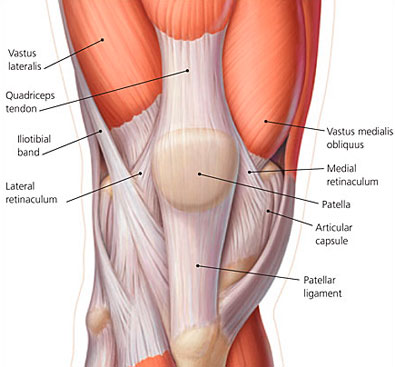
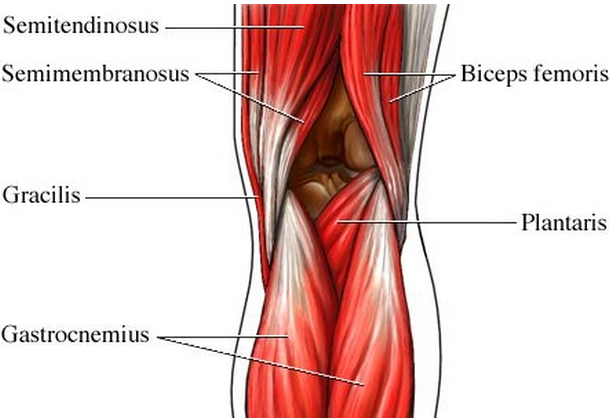
Right down to the lower leg and foot:
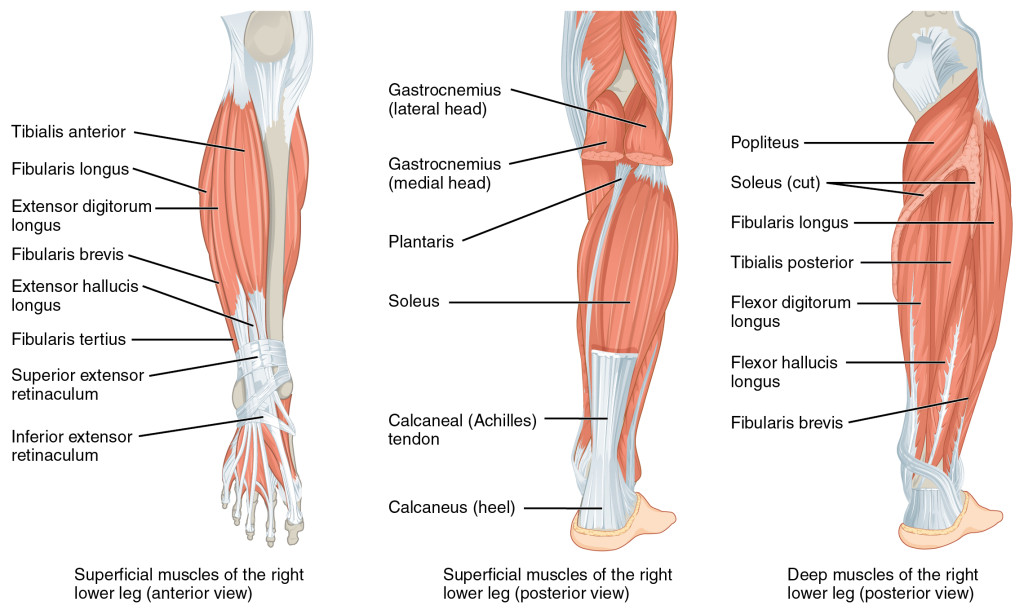
Producing movements like these:
https://www.youtube.com/watch?v=VmWzj-UQ1pU
Which all have a range of practical uses, like staying above water:
https://www.youtube.com/watch?v=DXk-ZRlHBPk
Rapidly changing direction, or dribbling a soccer ball:
https://www.youtube.com/watch?v=ATnsnN717kQ
Throwing someone on their head, or stopping them from throwing you:
When you put all of that together, you have a body made of a central axis, wrapped in a double helix of muscles, connecting to four limbs, each of which is also wrapped in a double helix of muscles, and it is this spiral structure of muscles (tendons, and ligaments, attaching to bones) which allows us to generate so much movement complexity out of the combined flexion-extension, lateral flexion, adduction-abduction, internal and external rotation at every joint.
https://www.youtube.com/watch?v=U4QTMbvYvx4
Which leads us to this concept – one of my favourites, at the centre of my movement practice – of “freedom of movement of the whole body and each individual part, from any position to any other position, in any direction, at any time.”
And all of this becomes very practical whenever we find ourselves needing to spontaneously improvise to solve three-dimensional movement problems, which is why so many of these ideas and basic practices are common to so many arts, especially those arts or sports in which we want to be able to always keep moving, and never get stuck:
https://www.youtube.com/watch?v=LbngQF2jIp8
So it should be pretty clear how freedom of movement under pressure relates to our ability to rotate the different joints or spin around a moving object or a particular point in space, and hopefully by now you’ll have a growing sense of how the spiral anatomy of the body makes this possible.
The “spiral diagonals” of the upper and lower limbs, are also major part of the well known “Proprioceptive Neuromuscular Facilitation” rehabilitation method, where the idea is to promote strength, stability and mobility and reduce pain by progressively engaging all of the muscles surrounding the joints, so that all possible muscle groups are contributing to the movements:
The idea of balancing the various muscle groups around each joint is common in rehab circles, and I have found it very useful in my own life as a hypermobile person who has suffered from repeated injuries to all of my major joints.
The idea of engaging all possible muscle groups able to contribute to a particular activity is also important in all sorts of sports and martial arts. It serves two functions, the first is to help overall relaxation by distributing effort through more of the body so that it doesn’t cause any one area to get overwhelmed by the load. In the internal martial arts, we work on connecting the spiralling muscle groups from the feet to the top of the head and the tips of the fingers, to disperse forces applied to our structures evenly throughout the body without disrupting our equilibrium or our ability to breath comfortably:
The second reason is to allow every possible muscle group to add rotational force and acceleration to the movement, increasing power:
I think I’ll finish there, although we could easily keep going. There are an infinite number of examples that can be found of spirals in different anatomical structures – in our bones, muscles, tendons and ligaments, organs and tissues, in the structures of proteins which make up those tissues or which make up the structures of our cells, and of course in our DNA – and of spirals showing up everywhere in nature. It’s a bit of a mystery. So, while I’ve spent these few posts basically trying to demystify some of the concepts around “spiralling energy” and movement in some esoteric traditions, and link those back to some more mundane activities, I’m going to end with this:
“When a person loses his way in the forest or in snowstorms or fogs he goes around in circles as long as he keeps on moving, until in some way or other he finds his way again. The same is true of foxes, rabbits, antelopes,’ and doubtless other animals, when hard pressed in the chase. Going down lower in the scale of organisms, where there are only poorly developed guiding senses, as in some of the crustacea, or none at all as in the protozoa arid the flatworms, one finds these creatures going in circles all the time that they are in movement, hut with a ‘drift,’ making the path a loose helical spiral. In all these animals and, in fact, in all motile organisms whatsoever, there is a deep-seated spiralling mechanism which leads an animal to go in a series of circles of spiral form when there are no guiding senses, as in the lower organisms. or when the guiding senses do not function through fear or for other reasons, in the higher. A tendency to spiral locomotion is inherent in all moving organisms. An examination of biological literature shows, as is well known, that the lower animals : flagellates, ciliates, rotifers, and the marine larvae of echinoderms, molluscs, worms, and crustacea swim in spiral paths, as well as some of the zoospores of algae and a few spermatozoa. So many organisms, in fact, swim in spiral paths that the negative aspect of the question is the more practical form for purposes of investigation : Are there any motile organisms which do not move in spiral paths when guiding senses are absent or not functioning?”
from here: “Spiral motion in man”
For anyone interested in some further reading, Thomas Myers’ “Anatomy Trains” is a wonderful resource. I don’t really believe in its application to pain and injury so much anymore, or in the concept of “myofascial release” generally, but it’s a great way of looking at human anatomy. Hopefully you’ll see that what I am describing in these posts is similar, related to, but also quite different to Mr Myers’ work, in that he set himself some “rules” of following direct fascial links between muscle groups, whereas I have been trying to show all possible muscle groups in every area which share the same spiral diagonal fibre orientation. Anyway Anatomy Trains is cool stuff, and here’s a site with lots of great pictures:
Anatomy Trains – myofascial meridians for movement therapists, the spiral line
Other links, examples of the kind of things you can find in a quick google search:
“Spiral-swimming sperm imitate Zoolander – they don’t turn left”
“Fibonacci spirals in nature could be stress related”
If you feel like adding any of your favourite examples of spiral movement, spiral anatomy, or spirals in nature, I’d love to see them, so you can link them in the comments section below.



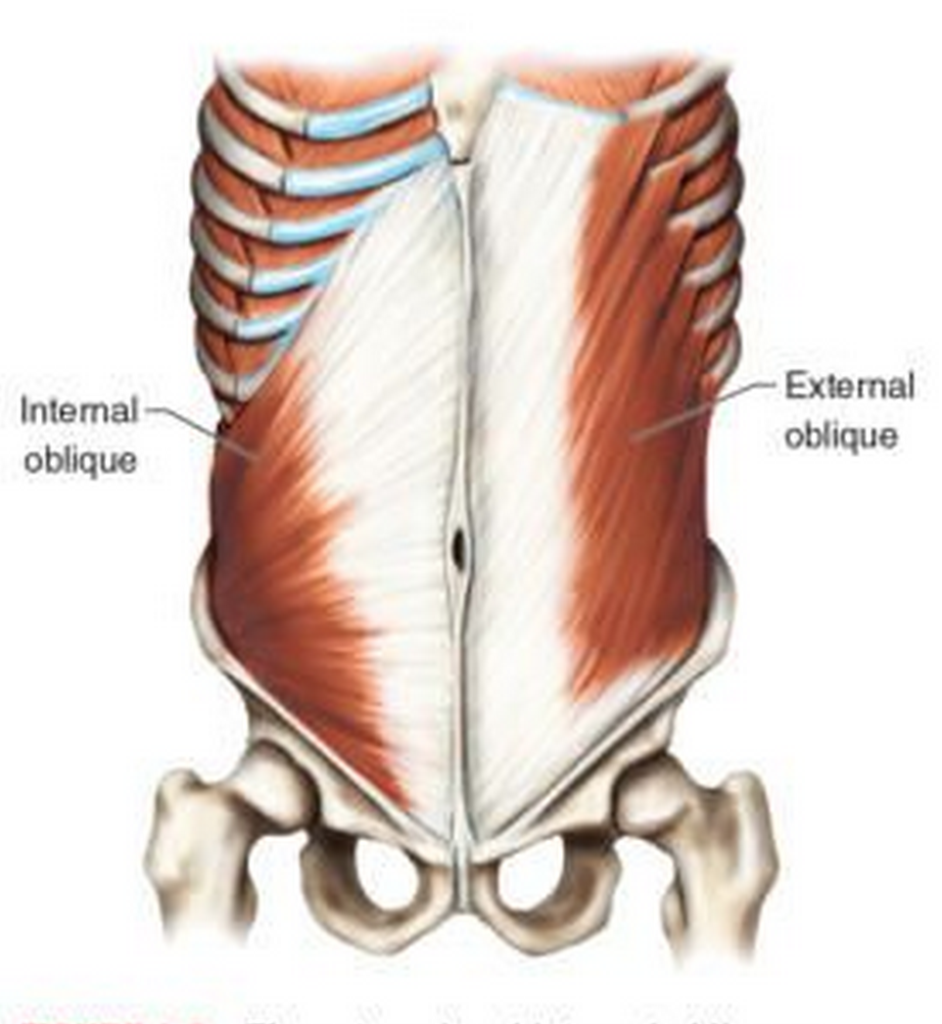
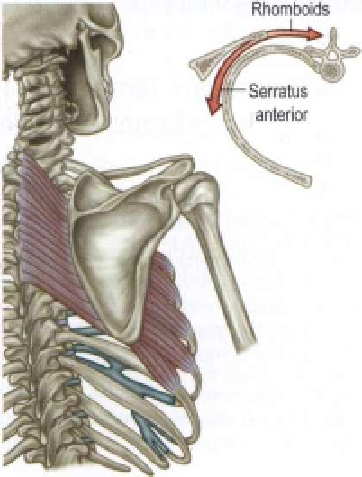
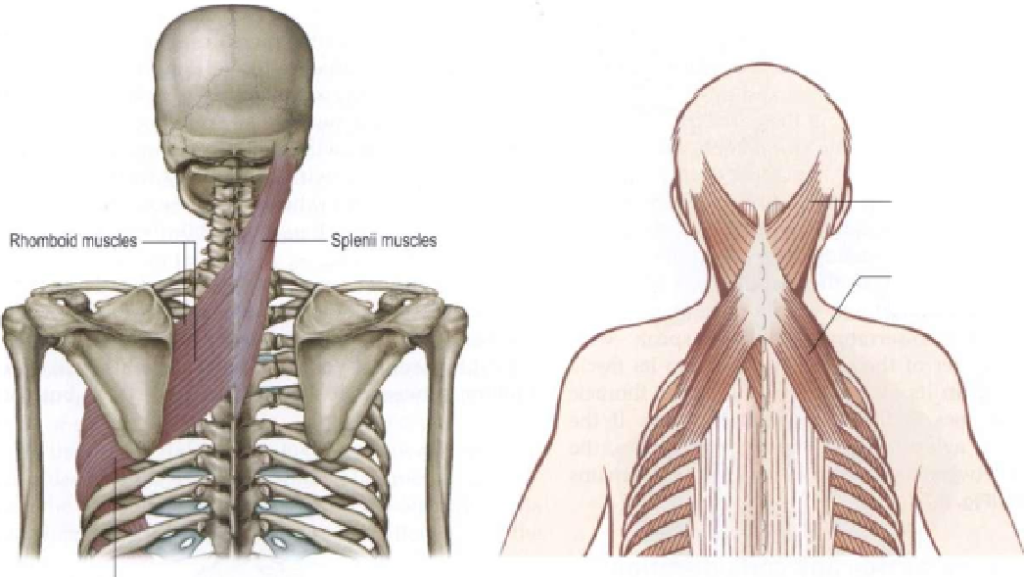


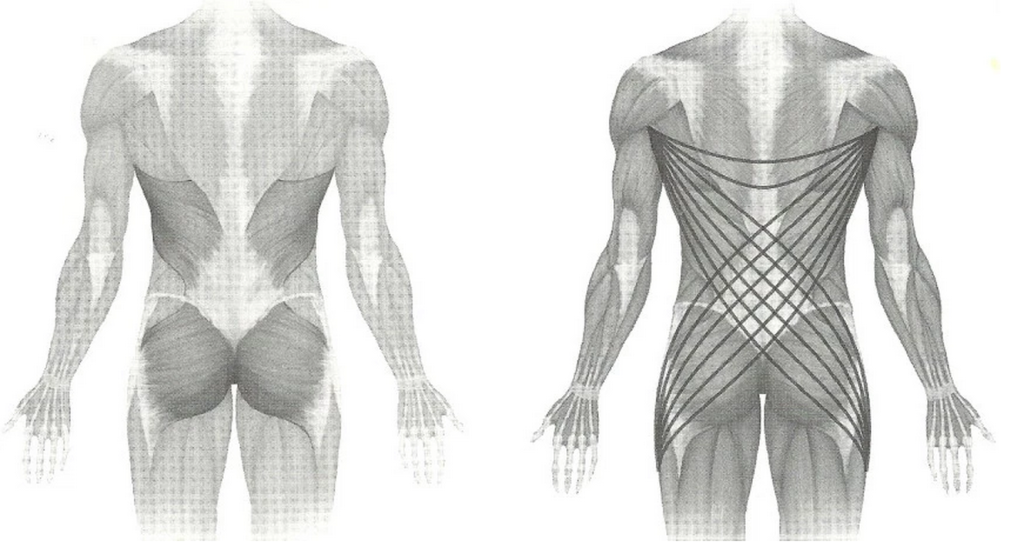


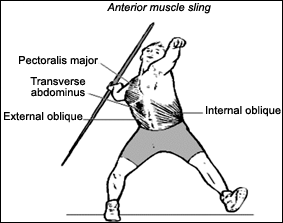

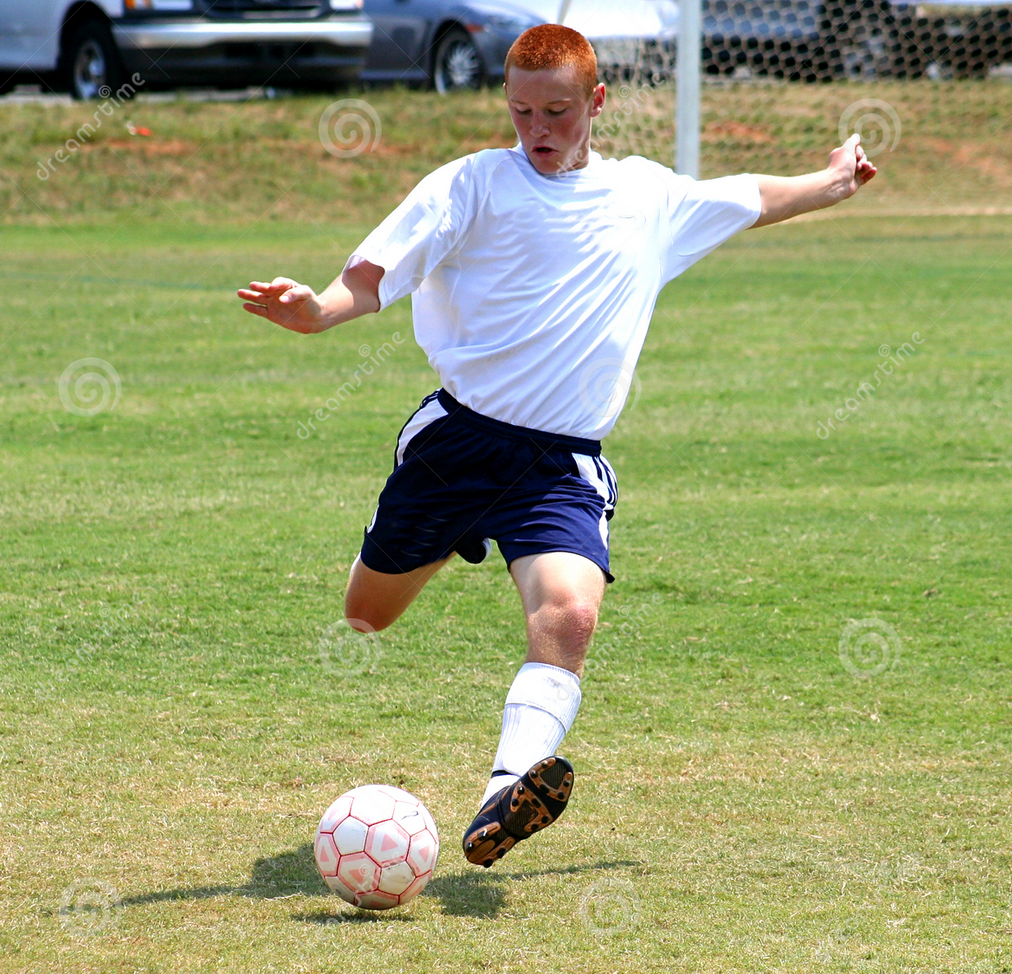
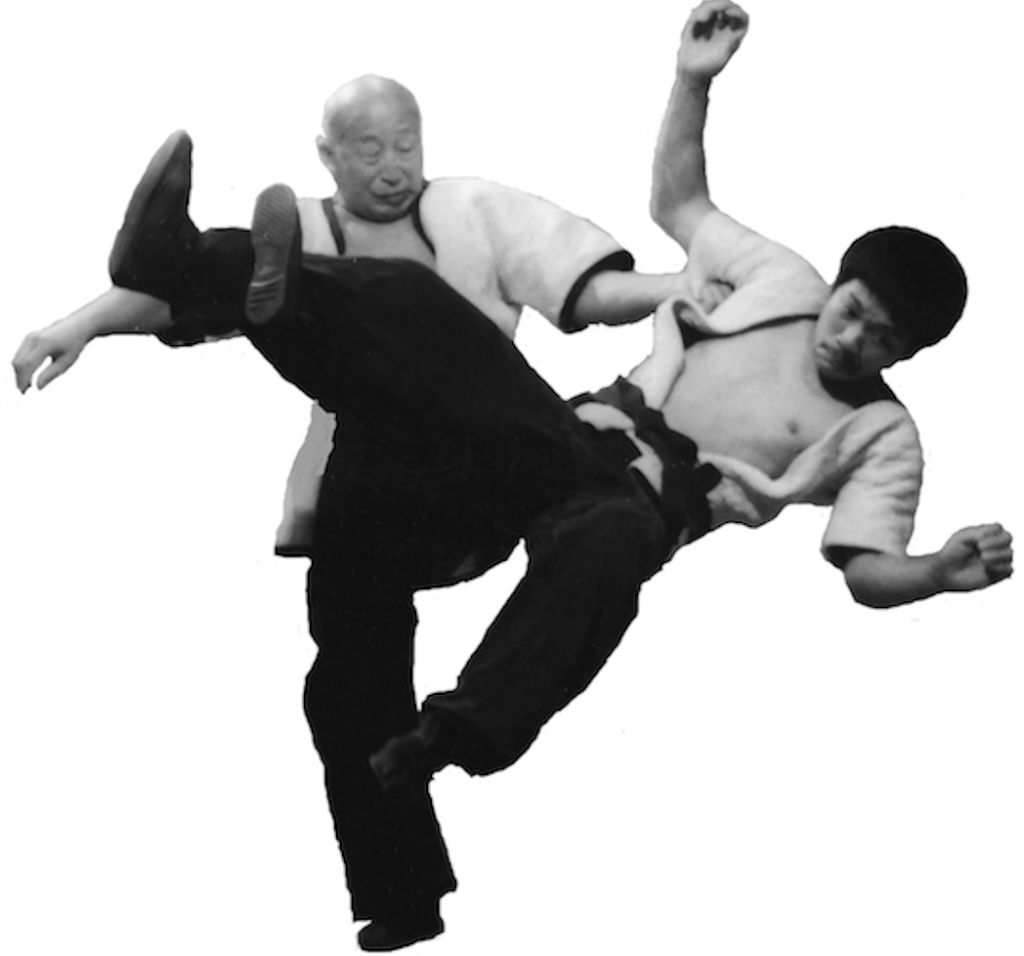


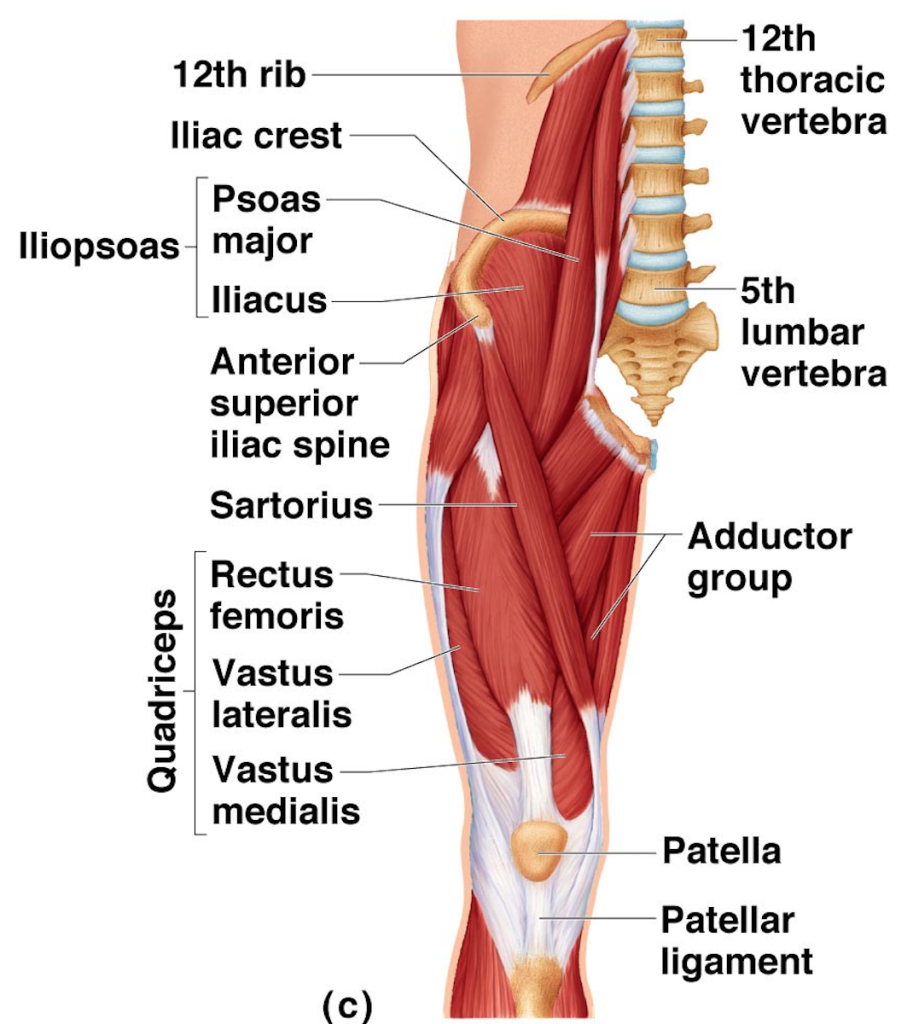


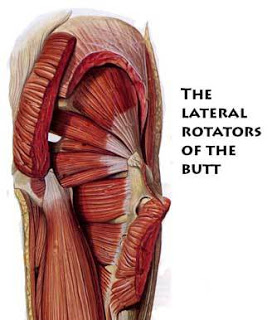
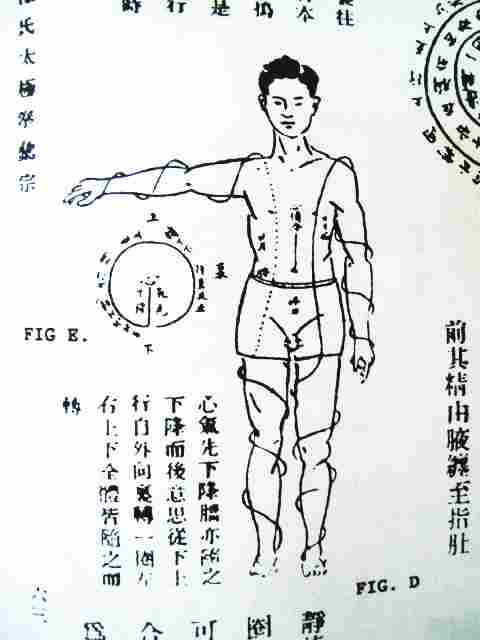
linh
Posted at 09:14h, 07 AprilJust want to add a few more links on spirals and their relevance in movement and form reaching far back to our embryonic beginnings.
https://www.youtube.com/watch?v=eE1VCvdgux4
http://www.massagetherapy.com/articles/index.php/article_id/1285/Spiraling-Babies
simon
Posted at 09:20h, 07 AprilThanks Linh!
A lot of the stuff in the osteopathy article is very questionable, in terms of feeling spiral movements in people’s cranial sutures, palpating “imbalances” in young children’s bodies, or the whole concept of “spinal adjustments”. But I still liked the article, an honest description of someone’s curiosity and fascination with spirals in nature and in human bodies, and then in the perception or sensation of spirals felt in our own or other people’s bodies. It’s quite a rabbit hole. I’d like to hear more from Tom Myers on the topic actually. Thanks again for sharing.
Tom Updegrove
Posted at 11:07h, 09 MayHi Simon,
I immensely enjoyed reading your blog. Especially your overview of the Martial Arts and it’s relationship to spiral movement. I’ve been training and teaching MA for over 50 years and Tai Ji is core to my practice. Silk reeling is an important element of the art and has always influenced the rest of my martial art training. It’s inspiring to see in your study the silk thread through all of the arts. Best of all your video of Drew Storen throwing a pitch made my day. I always use the example (even in Tai Ji) of a baseball pitcher to show how segmental timing with the largest muscle movements starting first and the smallest starting last, each adding the momentum to the next to accelerate the ball as an example of natural movement. Thank you for your hard work.
Ryan Lugalia-Hollon
Posted at 13:14h, 19 MayThis is one of the most amazing posts on movement I have ever read. As a baguazhang practitioner, it’s crazy helpful. One curiosity question: Why do you no longer believe in the anatomy trains applications to pain and healing?
Aninia
Posted at 21:12h, 19 JuneThank you so much for these posts. Such a pleasure to read and explore more. I am also curious as of why you don’t believe in the application of anatomy trains to pain and healing?
simon
Posted at 09:40h, 20 JuneHello Aninia! Thanks for your message. Well, I do actually apply anatomy trains to pain and healing very consistently in my work, but I don’t necessarily believe anymore in the explanatory models that were taught to me while I was studying to become a therapist. So I use the anatomy trains concept as a tool for stimulating body awareness, relaxation, coordination, and strength, all of which can then be very useful for pain and healing. I don’t follow the prescriptive model which was often taught with anatomy trains early on, that “if it hurts HERE, you should perform myofascial release THERE” kind of thing. I wouldn’t be surprised if Tom Myers has modified his teaching and practice significantly since those days though, he struck me as a very intelligent and thoughtful guy and he’s probably doing his best to keep up with recent research in pain science as much as anyone.
simon
Posted at 09:43h, 20 JuneHi Ryan! Thanks very much! I’m also a baguazhang practitioner, which is part of what got me onto thinking about this stuff. Someone else asked the same question, so I hope you don’t mind me copying and pasting my answer to her:
I do actually apply anatomy trains to pain and healing very consistently in my work, but I don’t necessarily believe anymore in the explanatory models that were taught to me while I was studying to become a therapist. So I use the anatomy trains concept as a tool for stimulating body awareness, relaxation, coordination, and strength, all of which can then be very useful for pain and healing. I don’t follow the prescriptive model which was often taught with anatomy trains early on, that “if it hurts HERE, you should perform myofascial release THERE” kind of thing. I wouldn’t be surprised if Tom Myers has modified his teaching and practice significantly since those days though, he struck me as a very intelligent and thoughtful guy and he’s probably doing his best to keep up with recent research in pain science as much as anyone.
simon
Posted at 09:46h, 20 JuneThanks very much Tom, I really appreciate the feedback and am glad that at least some of my thoughts make sense to other people!
buffbrain
Posted at 01:50h, 07 November(Sorry, I had the directions reversed – updated below)
Could you explain more in detail precisely what the silk reeling diagram illustrates?
Because in that diagram, the spirals are oriented to look like \/ on his legs when viewed from the front…whereas in another similar classic diagram, they are oriented to look like /\?
So what spirals are they referring to exactly and what direction do they actually turn?
simon
Posted at 14:58h, 14 NovemberIt seems contradictory at first, but if you look at the anatomy the legs and torso have muscles wrapping around them on both of those spirals, making the shape I described as a “crossed double helix”.